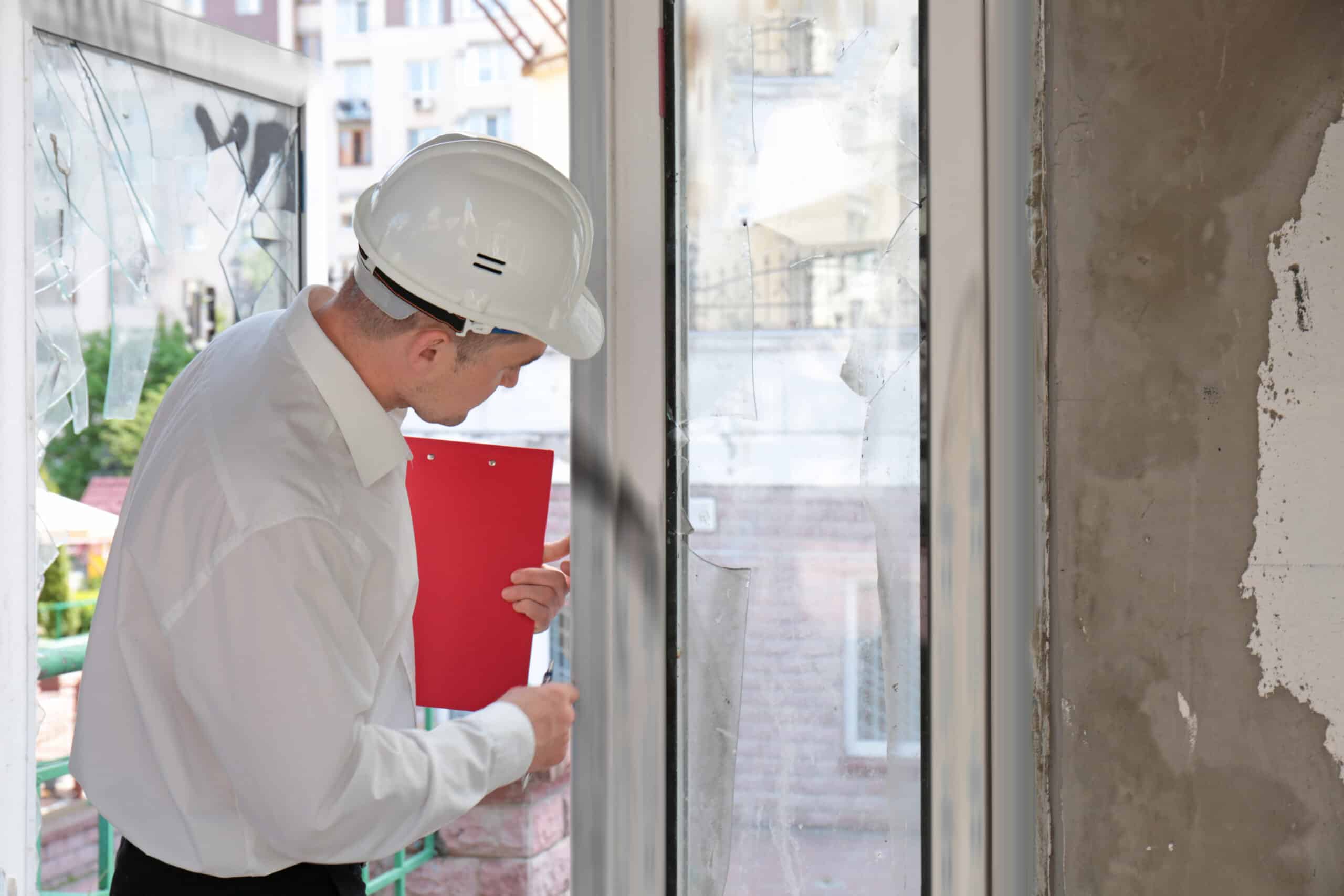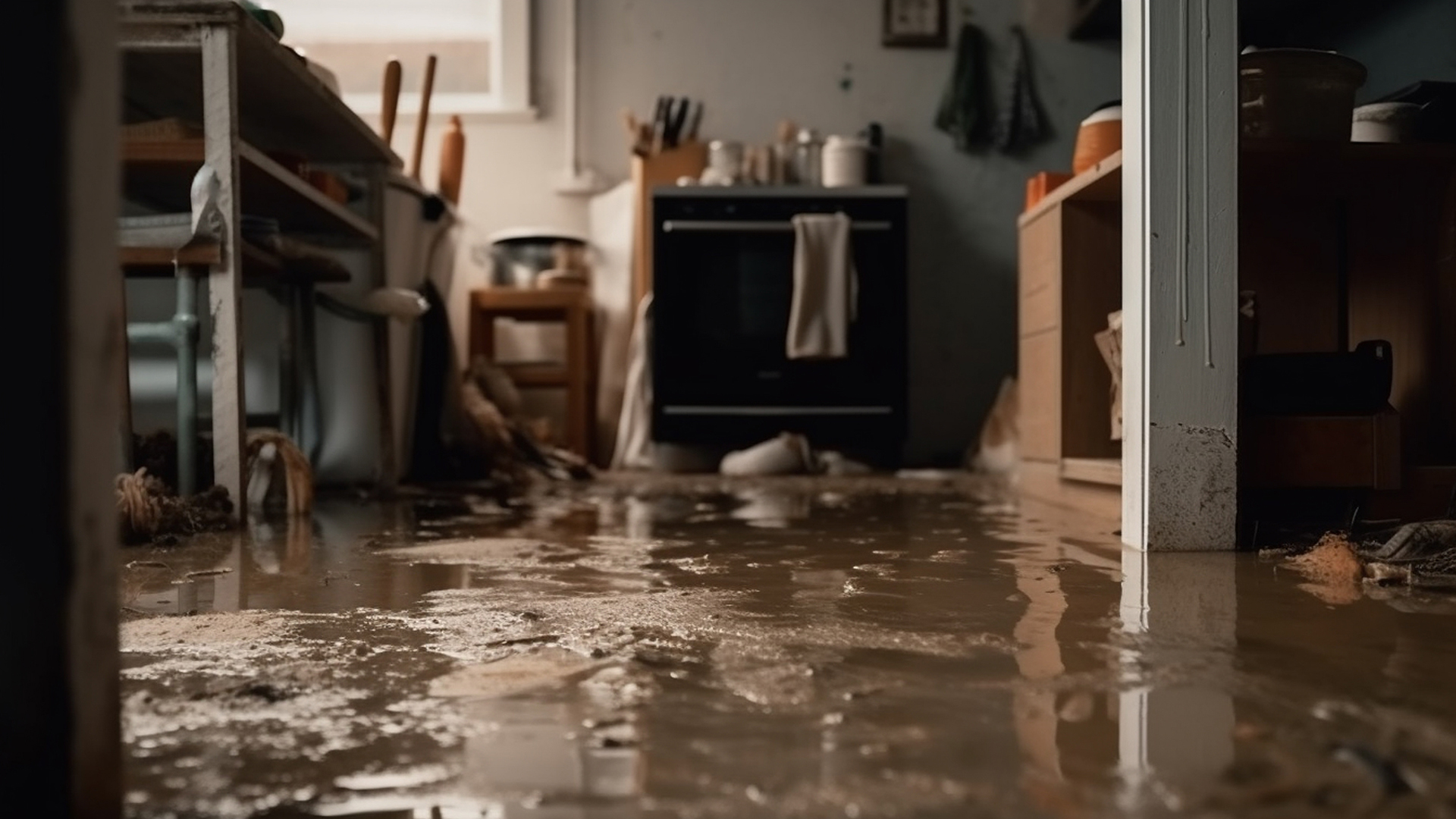If you own property in Florida’s “no flood zones,” don’t underestimate the risk of unexpected flooding. Even low-risk areas can experience severe water damage, leaving you financially exposed without proper insurance.
The costs for repairs can be overwhelming, and recovery resources like FEMA aid or local assistance may not cover all your needs. Despite your zone designation, it’s essential to consider flood insurance. Stay aware; there’s more to understand about preparedness and support available to you.
Understanding the Impact of Flooding in No Flood Zones
Although many Florida properties are located in designated “no flood zones,” recent flooding events have shattered the assumption that these areas are safe from water damage.
Even properties in these zones can experience unexpected flood risks, leading to significant flood damage. Understanding your flood zone designation is essential, as it impacts your flood insurance options.
Many homeowners face a financial exposure gap when flooding occurs without a flood insurance policy, leaving them vulnerable to costly repairs. Properties in flood-prone areas are particularly at risk, and your region’s flood history should inform your decisions.
Structural damage can escalate without proper flood insurance claims, creating long-term issues and financial burdens. Stay informed to protect your investment and home.
The Real Costs for Uninsured Property Owners
When flooding strikes uninsured properties, the financial fallout can be devastating. You face immediate property damage costs, plus potential long-term structural concerns that may go unnoticed.
Without flood insurance, you’re left with a significant financial exposure gap, making it hard to recover. Temporary relocation expenses can pile up, adding to your stress.
The mental and emotional toll on families and business owners is often overwhelming as they maneuver through the chaos. Many uninsured flood victims struggle to file flood claims, seeking assistance for flood damage that is beyond their reach.
Regular flood risk assessments can help you understand your vulnerability, but the burden falls squarely on your shoulders without a policy.
Don’t underestimate the importance of being prepared.
Limited Resources Available
While you may be overwhelmed after experiencing flooding, you must know that limited resources are available to help you recover.
Start by exploring FEMA assistance programs, which can provide vital financial assistance for eligible property owners. If you need additional support, consider applying for SBA disaster loans, considering their qualification requirements and repayment obligations.
Local and state emergency funds might also be accessible. Don’t overlook charitable organizations that can offer immediate help.
If you have a flood policy, review it to understand what coverage applies. Remember, government assistance can be a lifeline, so gather your documents and reach out for the support you need to navigate this challenging time.
How BSA Claims Can Help Uninsured Flood Victims
How can BSA Claims assist you in steering through the aftermath of flooding, especially if you lack insurance? They provide essential support for uninsured flood victims by offering expertise in maneuvering the complex recovery process.
Here’s how they can help:
- Damage Assessment: BSA Claims conducts thorough evaluations to identify all damages.
- Documentation Services: They assist in gathering necessary paperwork for potential financial assistance.
- Government Assistance Guidance: Experts help you manage state and federal aid applications.
- Claims Expediting: If you have any partial coverage, they work to speed up your claims process.
With BSA Claims, you can better understand flood insurance coverage, risks, and available resources, ensuring you’re not overwhelmed after a disaster.
Lessons From Recent Events: Preparing for the Future
Recent flooding events have shown that even areas previously deemed “no flood zones” can experience significant water damage, leaving homeowners and businesses unprepared.
It is vital for you to understand that flood zone maps and federal flood maps are evolving. Even low-risk areas face increased flood threats due to climate change.
Investing in flood insurance, regardless of prior designations, guarantees coverage when unexpected disasters strike. Implementing flood mitigation strategies can also help protect your property.
Regularly reassess your flood insurance rate maps to gauge your actual flood risks. Remember, coastal flooding isn’t the only concern; inland areas are equally vulnerable.
Taking Action Now
To effectively respond to the recent flooding events, affected property owners must take immediate action. Here are four steps you can follow:
- Document Damage: Use documentation best practices to record all flood-related damages for future claims.
- Explore Financial Assistance: Investigate funding options to aid recovery, including FEMA and SBA resources.
- Assess Flood Insurance Needs: Consider whether flood insurance is necessary to reduce financial risk, even in no flood zones.
- Connect with Community Support Networks: Reach out to local organizations to find mutual aid opportunities for additional support.
Taking action now can make a significant difference in steering recovery options.
Don’t hesitate to consult BSA Claims for professional guidance during this challenging time.
Taking Action: Next Steps After Unexpected Flooding
As you maneuver through the challenges of unexpected flooding in no flood zones, acting now is crucial. Understand the risks, explore your options, and don’t hesitate to seek help from professionals like BSA Claims. They can guide you through damage assessment and potential coverage, ensuring you’re not left in the lurch. Remember, staying proactive about your property’s safety will help you safeguard your investment and prepare for the future.






